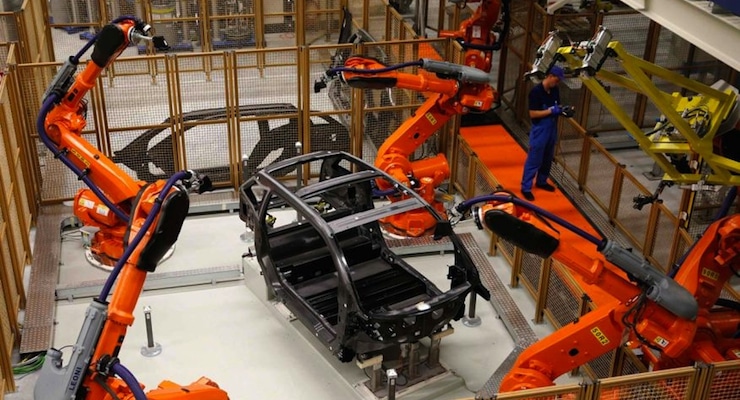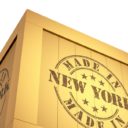

Auto manufacturing plant and worker in Midwest. (Photo: Reuters)
The Chicago Business Barometer, the Institute for Supply Management gauge of factory activity in the Midwest region rose to 57.6 in November, up from 50.6. The new reading beat the median forecast, which expected an increase to only 52.0.
Readings above 50 point to expansion, while those below indicate contraction. The latest Chicago Business Barometer this month is in comparison to the gauge being in contractionary territory in the same period last year.
Four (4) of the 5 components in the survey increased, though Employment is the one that fell.
“The November reading for the Business Barometer marked the sixth month of expansionary business activity in the US. Strength in orders, a recovery in oil prices and the stronger dollar have all impacted businesses with varying degrees,” said Shaily Mittal, senior economist at MNI Indicators. “Respondents to our survey also remain optimistic about business activity in 2017 although the new government’s policies and the Fed’s approach towards monetary tightening would impact the course of business activity over the next year.”
Meanwhile, the Inventories Indicator increased at their fastest pace since October 2015, moving back into expansion in November. However, it was the rise in New Orders that contributed the most to the overall increase, gaining 10.7 points to 63.2.
Further, the Production Index also regained nearly all of October’s decline, while Order Backlogs bounced out of contractionary territory, where it had been over the past three months. Supplier Deliveries rose, though at a much smaller rate.
Most respondents expected their business to grow less than 5% next year, but there was a significant percentage who said they were more optimistic and expected growth to be above 10%. Interest rates and the election outcome, the latter being President-elect Donald J. Trump defeating Hillary Clinton in an upset landslide, were reported by firm respondents to be the important factors that could impact future activity.







Gmanfan Gab.ai/GVNY / November 30, 2016
Should expand more once corporate tax rate drops next year.
/